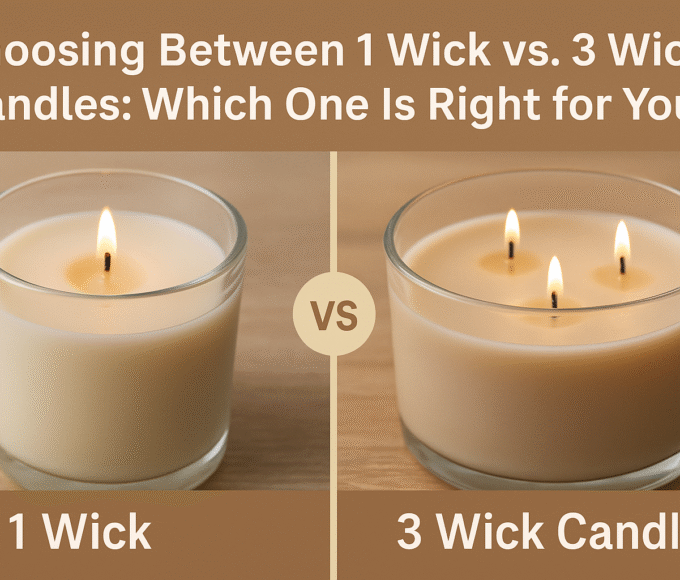Swimwear, once a modest and utilitarian garment, has transformed over the years into a symbol of fashion, self-expression, and societal shifts. The evolution of swimwear is a fascinating journey that reflects changing attitudes toward the human body, fashion trends, and the growing significance of leisure and recreation in our lives. From the early 20th century to the present day, swimwear has undergone a remarkable transformation, reflecting not only the changing styles but also the shifting cultural internetchicks norms.
In this exploration of swimwear through the ages, we’ll delve into the various eras, tracing the evolution of this beach essential.
The Early 20th Century: Modesty and Utility
At the turn of the 20th century, swimwear was more functional than fashionable. The Victorian era’s conservative ideals still influenced fashion, and women’s swimwear was often ankle-length dresses made of heavy wool. These garments aimed to preserve modesty and were designed with practicality in mind rather than aesthetics. Men, on the other hand, wore one-piece swimsuits that covered their upper bodies and extended down to the knees.
The Roaring Twenties: A Shift towards Liberation
The 1920s marked a significant departure from the modest swimwear of the previous era. As societal attitudes began to loosen, women’s swimwear saw a radical change. The one-piece swimsuit gained popularity, featuring shorter hemlines and a more liberating design. The iconic flapper style, characterized by shorter skirts and looser silhouettes, influenced swimwear, reflecting the newfound sense of freedom and liberation.
In contrast, men’s remained relatively conservative, consisting of one-piece suits that covered the torso and shorts that extended to the mid-thigh. The emphasis was still on practicality and modesty for men.
World War II and Fabric Innovations
The 1940s brought about changes in one-piece swimwear due to the practical needs of wartime. Fabric rationing led to the use of alternative materials like rayon and nylon. Women’s swimwear evolved into two-piece styles, featuring high-waisted bottoms and halter-neck tops. This design allowed for greater freedom of movement while maintaining a sense of modesty.
Post-War Boom: Bikinis and Tanning Trends

The post-World War II era witnessed a boom in leisure and recreation, and swimwear styles continued to evolve. In 1946, French designer Louis Réard introduced the bikini, a two-piece swimsuit that was revolutionary in its daring design. The bikini’s introduction sparked a cultural phenomenon, challenging societal norms and pushing the boundaries of acceptable swimwear internet chicks.
As the popularity of the bikini soared, tanning trends became prominent. Swimsuits started to feature bolder designs, with smaller cuts and vibrant patterns, reflecting the newfound emphasis on sunbathing and outdoor activities.
The 1960s: Mod and Psychedelic Influences
The 1960s brought about a playful and experimental approach to fashion, and as no exception. Influenced by the mod and psychedelic movements, swimsuit designs featured bold patterns, bright colors, and geometric shapes. Women’s swimwear included styles like the monokini, a one-piece with strategically placed cutouts, and the tankini, a two-piece with a longer top that covered the midriff.
Men’s swimwear also experienced a shift in the 1960s, with shorter trunks becoming more popular. The snug-fitting swim trunks showcased a more athletic and youthful aesthetic.
The 1970s: Bohemian Vibes and Athletic Influences
The 1970s brought a bohemian vibe to swimwear, with styles influenced by the free-spirited and natural aesthetics of the era. One-piece swimsuits with deep V-necks and high-cut legs became popular for women, while men’s swim trunks continued to get shorter and more fitted.
The rise of fitness culture in the 1970s also influenced swimwear, with athletic-inspired designs gaining popularity. Bright colors, bold patterns, and sporty details characterized during this period.
The 1980s: High-Cut Legs and Bold Statements
The 1980s were all about excess, and swimwear embraced bold and flashy designs. High-cut legs, neon colors, and metallic fabrics became defining features of swimsuits during this era. The bikini remained a popular choice for women, with high-cut bottoms and bandeau tops epitomizing the bold and glamorous aesthetic of the 1980s.
Men’s swim trunks also embraced the flashy trends, featuring bold patterns and bright colors. Speedo-style swim briefs became popular among competitive swimmers and those looking to showcase their physique.
The 1990s: Minimalism and Revival of Retro Styles
The 1990s saw a shift towards minimalism and a revival of retro styles. One-piece swimsuits with simple silhouettes and solid colors became fashionable for women, inspired by the classic elegance of earlier eras. High-waisted bottoms and crop tops also made a comeback, drawing inspiration from vintage.
Men’s swim trunks in the 1990s were characterized by a more relaxed fit and understated designs. Board shorts became a popular choice for both surfers and casual beachgoers, featuring longer lengths and durable fabrics.
The 2000s to Present: Diversity and Individuality
The 21st century ushered in an era of diversity and individuality in swimwear. A wide range of styles coexists, catering to different preferences and body types. The bikini remains a timeless classic, available in various cuts and styles to suit individual tastes. One-piece swimsuits have made a strong comeback, featuring creative designs, cutouts, and unique details.
Swimwear brands have embraced inclusivity, offering a diverse range of sizes and styles to cater to a broader audience. Body-positive movements and a growing emphasis on self-love have contributed to a more accepting and diverse swimwear landscape.
Technological advancements in fabric and design have also played a role in shaping contemporary. Quick-drying, UV-protective, and sustainable materials have become increasingly popular, reflecting a growing awareness of environmental concerns.
In recent years, there has been a resurgence of interest in vintage and retro-inspired swimwear. High-waisted bottoms, retro prints, and modest silhouettes reminiscent of earlier decades have become trendy, blending nostalgia with modern sensibilities.
Conclusion: The Ever-Evolving Canvas of Swimwear
The journey of swimwear through the ages is a captivating narrative that mirrors the broader shifts in society, culture, and fashion. From the modesty of the early 20th century to the bold statements of the 1980s and the diversity of today’s landscape, this beach has undergone a remarkable transformation. Swimwear not only reflects changing attitudes toward the body but also serves as a canvas for self-expression, individuality, and societal evolution.
As we continue into the future, the industry is likely to witness further innovations, embracing new technologies, styles, and a continued celebration of diversity and body positivity. The evolution of swimwear is an ongoing story, and its chapters continue to be written by designers, influencers, and beachgoers around the world.








Leave a comment